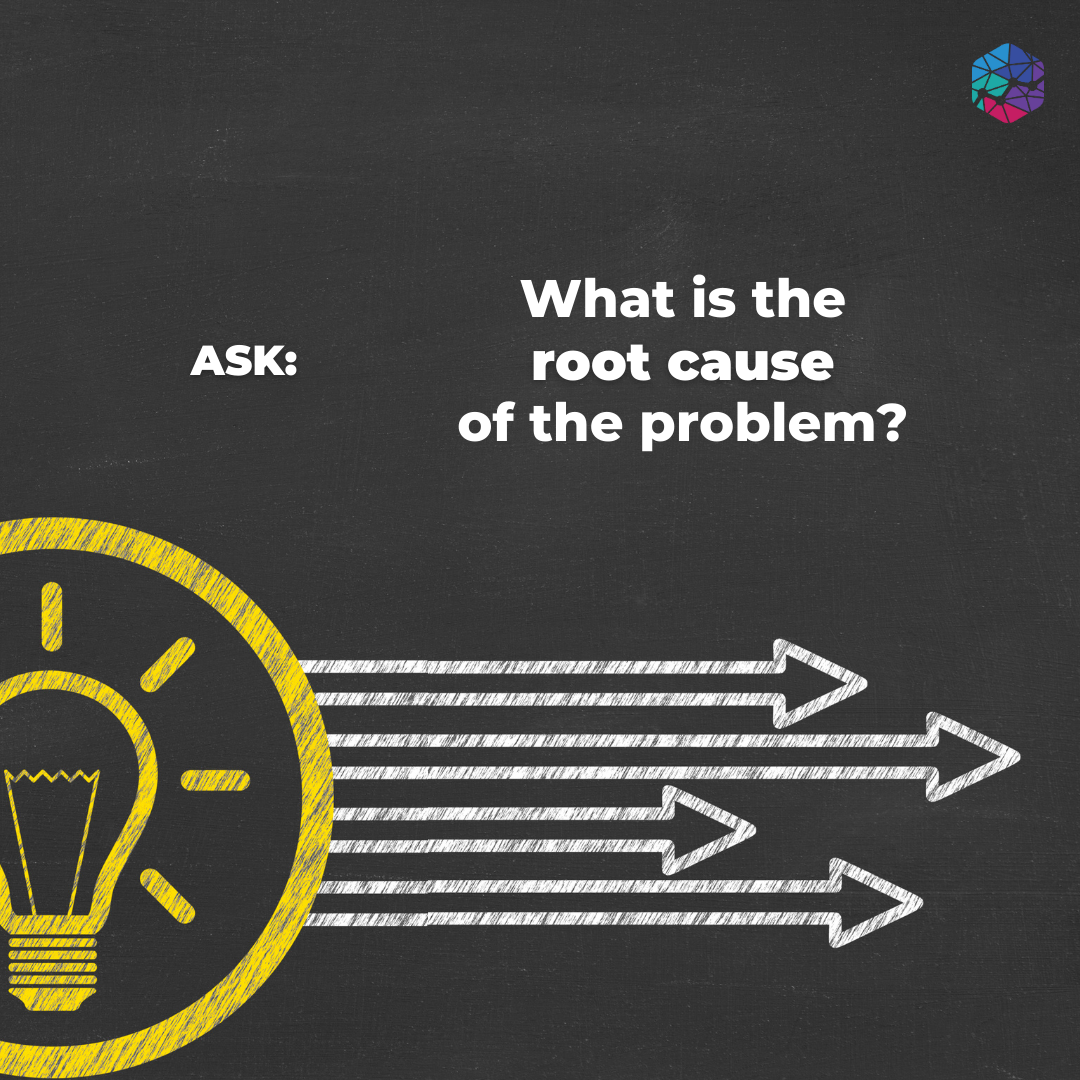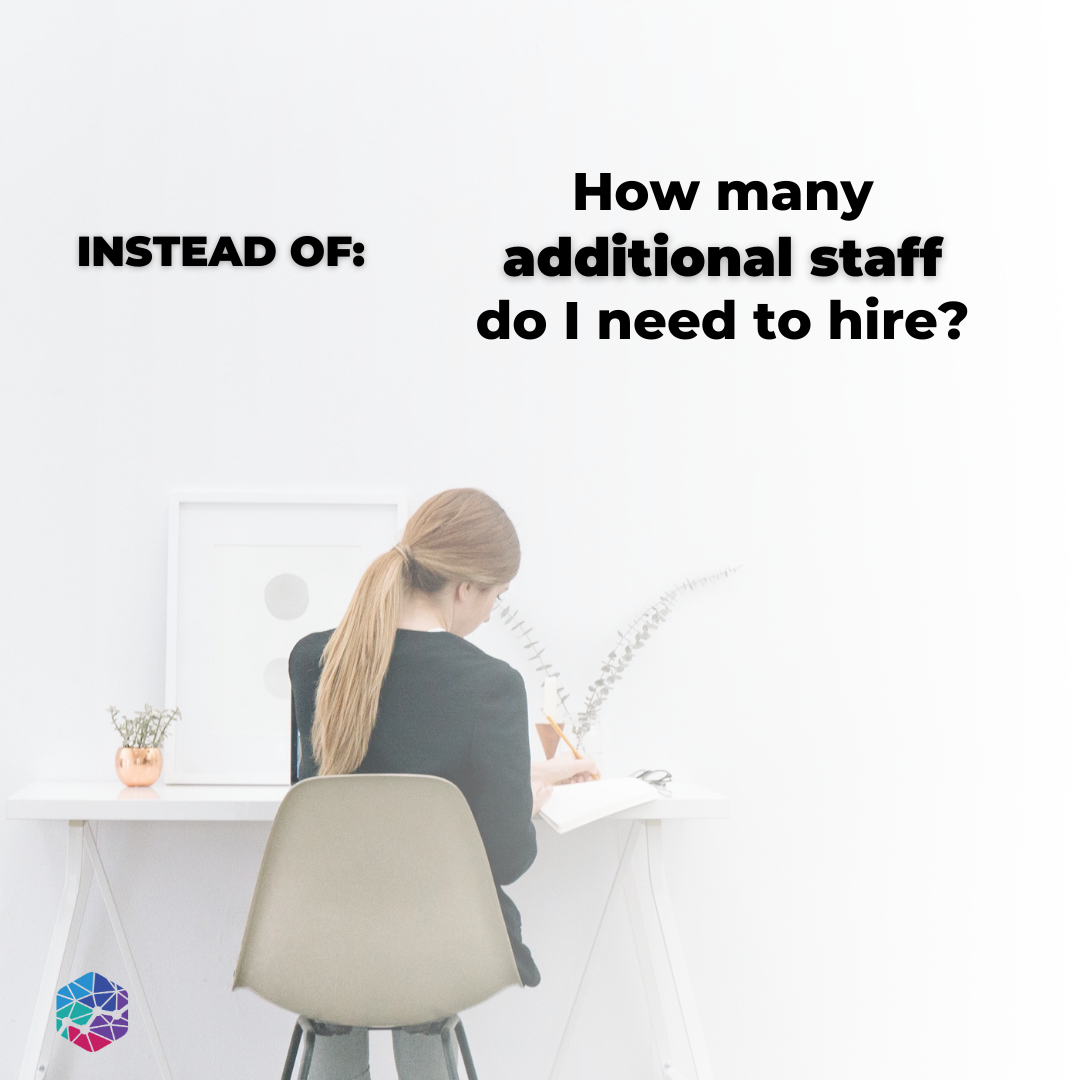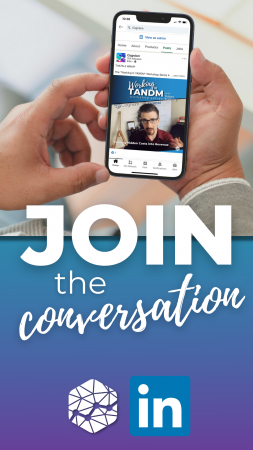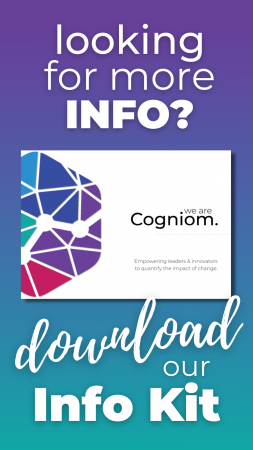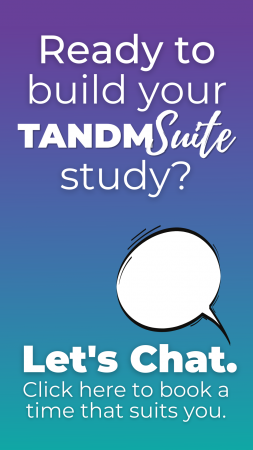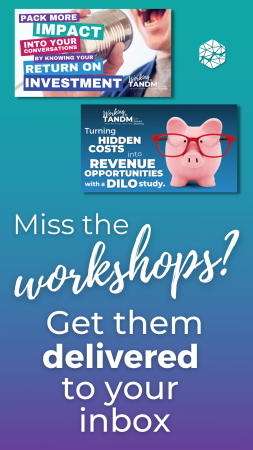To be or not to be, that is the question….. or is it?
Our lives are driven by questions.
Early explorers asked “is the earth round or flat?”
Scientists are still asking “are we alone in the universe?”
Even Netflix asks us “are you still there?”
Questions drive our curiosity, creativity and ultimately our success.
Questioning what we know today allows us to learn and grow for a brighter tomorrow, but what happens if we don’t ask the right question?
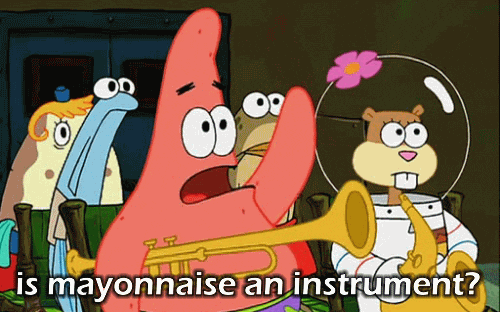
In business especially where we are under pressure to perform, deliver and stay relevant, we can often look for the fastest path forward or easiest solution.
In doing this we often ask a question that is full of bias and opinion, convincing ourselves we already know the answer. We dupe ourselves into this pattern of thinking and arrive at a solution without truly understanding what the problem is in the first place.
So, if we’re so acclimatised to asking biased questions that often prove to be the wrong one, what does a ‘right’ question look like?
We talk about this in the “Why CFOs don’t care about the hours of labour you saved” article on LinkedIn.
There is only one way to save on labour hours and that is with a loss of jobs. If you’re hoping for you business to grow and succeed than this is not a sustainable metric to run by.
There is a high probability that internal processes or outdated tools and software could be hindering workflow, preventing your staff from effectively performing their job and ultimately blocking your pathway to creating or increasing revenue opportunities.
We all remember the Toothpaste Guy, right? $8 million for a set of fancy scales that caused more problems than it fixed, only to discover a $20 desk fan did a much better job.
Truth be told, if this CEO had invested the time to find out what the root cause of the problem that was actually causing the empty boxes to get through in the first place, he would have been in a better position to find the right solution, potentially saving a pretty penny in the process.
Talking to your team and seeing first hand how processes and the reality of a regular day can highlight areas for improvement and change that financial and system generated reports simply can’t.
In creating a product or service, it can be easy to get caught up in the feel good notion of how it may ‘change the world’ for your prospective client.
We make assumptions on what they need, what they want to hear and how they’ll react to our sales pitch, which can often lead to disappointment when the outcome isn’t quite as we imagined.
Fact is, when people are parting with funds they want to know what benefit the transaction will bring them. How is your product/service going assist their business? What impact will it have on their bottom line?
Understanding and being able to speak to what their return on investment possibilities are is likely to make all the difference for a successful conversation.
In creating a product or service, it can be easy to get caught up in the feel good notion of how it may ‘change the world’ for your prospective client.
We make assumptions on what they need, what they want to hear and how they’ll react to our sales pitch, which can often lead to disappointment when the outcome isn’t quite as we imagined.
Fact is, when people are parting with funds they want to know what benefit the transaction will bring them. How is your product/service going assist their business? What impact will it have on their bottom line?
Understanding and being able to speak to what their return on investment possibilities are is likely to make all the difference for a successful conversation.
In a recent TANDM Suite study, where a private health clinic was struggling to keep up with the demand of their workload made the assumption that they needed more nurses to keep up.
Instead of steaming ahead with the assumption, they took the time to learn more about what a “day in the life” looks like for their team and found it was their staff ratio that wasn’t aligned. Instead of needing more nurses they found an increase in patient care workers would significantly impact the workflow.
From what could have resulted in catastrophic consequences for the financial fate of the facility (had they led with with assumptions) turned into an opportunity to create a balanced and more enjoyable working environment and doubled the capacity of patients they could care for.
While assumptions are a great way to start a thought process or conversation, they simply have no place in our questions.
Despite the fast paced world we find ourselves in, there has never been a more important time to stop and find what the right questions are to ask.
We shouldn’t fear what we might find, rather fear not being able to find it at all.





